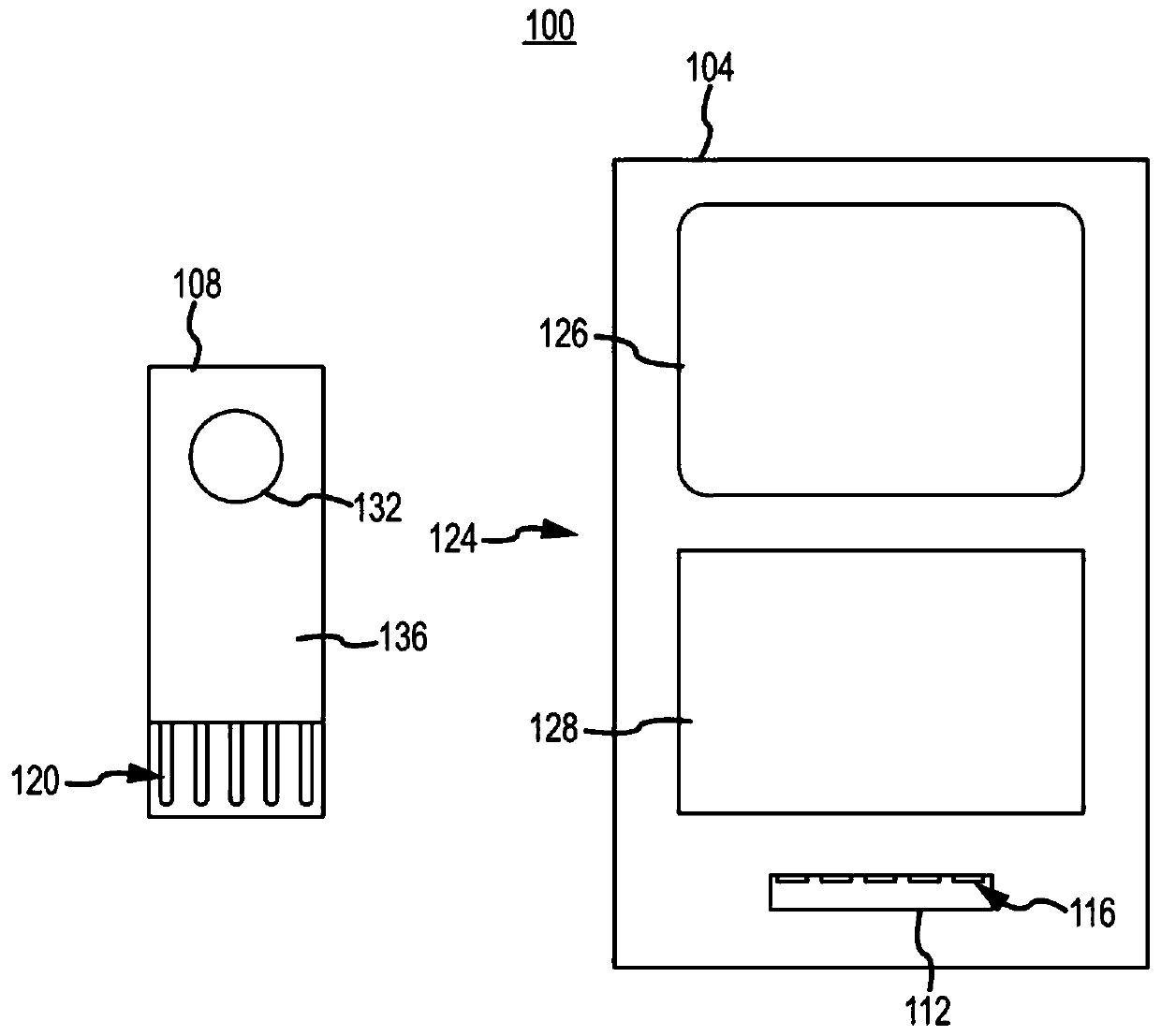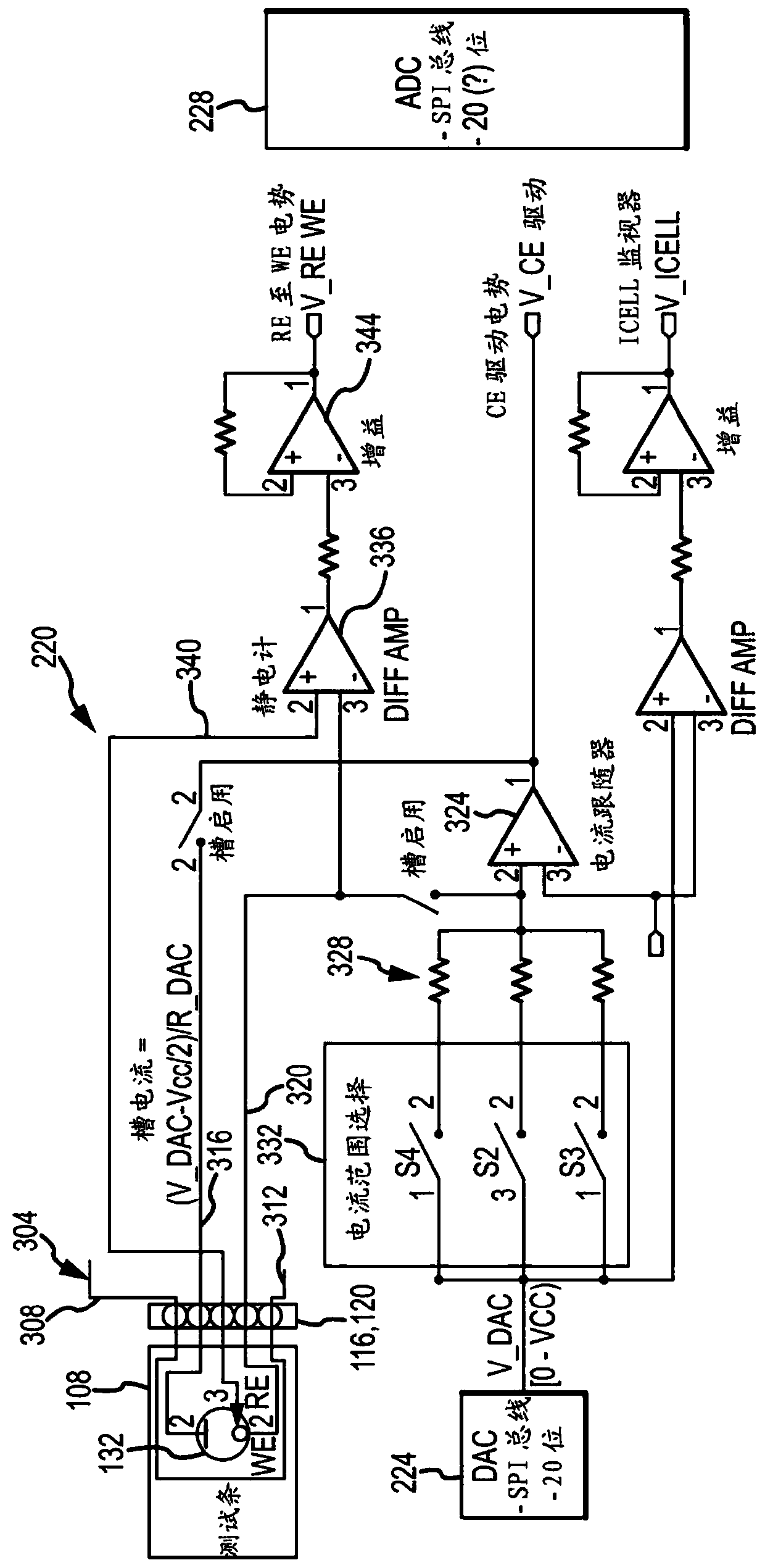Determination of fertility potential from redox potential of biological samples
A fertility and sample technology, applied in biological testing, animal delivery, measuring devices, etc., can solve problems that are not suitable for rapid and large-scale measurement
- Summary
- Abstract
- Description
- Claims
- Application Information
AI Technical Summary
Problems solved by technology
Method used
Image
Examples
Embodiment 1
[0123] Example 1: Establishment of Oxidation-Reduction Potentials in Semen and Seminal Plasma
[0124] This example demonstrates that ORP can be measured in semen and seminal plasma samples.
[0125] Male collaborators of couples concerned about infertility were recruited from a single international andrology laboratory (clinical research) or a national urology laboratory (technical research). Each participant donated a single semen sample. Semen samples were allowed to liquefy at room temperature for approximately 30 minutes according to WHO guidelines on liquefaction (5th edition, 2010). After liquefaction, the sample was divided into two fractions. One fraction was centrifuged at 300g for 7 minutes to separate the seminal plasma.
[0126] semen analysis
[0127] After liquefaction, ejaculate volume, sperm cell count, sperm concentration, morphology, and total forward motility were determined using the WHO semen quality guidelines (5th edition, 2010). Smears were staine...
Embodiment 2
[0133] Example 2: Comparison of sORP / concentration measurements using fresh and frozen samples
[0134] Semen samples were obtained and processed as described in Example 1. Then, the samples were stored at -80°C for 120 min before being thawed, allowed to reach room temperature and sORP was measured. Figure 9 The results of the analysis are shown in .
[0135] The results demonstrated that freezing samples (whether as semen or seminal plasma) did not alter sORP values and further confirmed the lack of difference between semen and seminal plasma samples.
Embodiment 3
[0136] Example 3: Effect of Time on Oxidation-Reduction Potential in Semen and Seminal Plasma
[0137] Semen samples were obtained and processed as described in Example 1. sORP was measured immediately (0 min) after liquefaction. The samples were then left at room temperature for 120 minutes and retested (120 minutes). Figure 10 and 11 The results are shown in .
[0138] The results demonstrated no difference in sORP values between samples tested immediately and samples measured at later time points.
PUM
 Login to View More
Login to View More Abstract
Description
Claims
Application Information
 Login to View More
Login to View More - R&D
- Intellectual Property
- Life Sciences
- Materials
- Tech Scout
- Unparalleled Data Quality
- Higher Quality Content
- 60% Fewer Hallucinations
Browse by: Latest US Patents, China's latest patents, Technical Efficacy Thesaurus, Application Domain, Technology Topic, Popular Technical Reports.
© 2025 PatSnap. All rights reserved.Legal|Privacy policy|Modern Slavery Act Transparency Statement|Sitemap|About US| Contact US: help@patsnap.com



